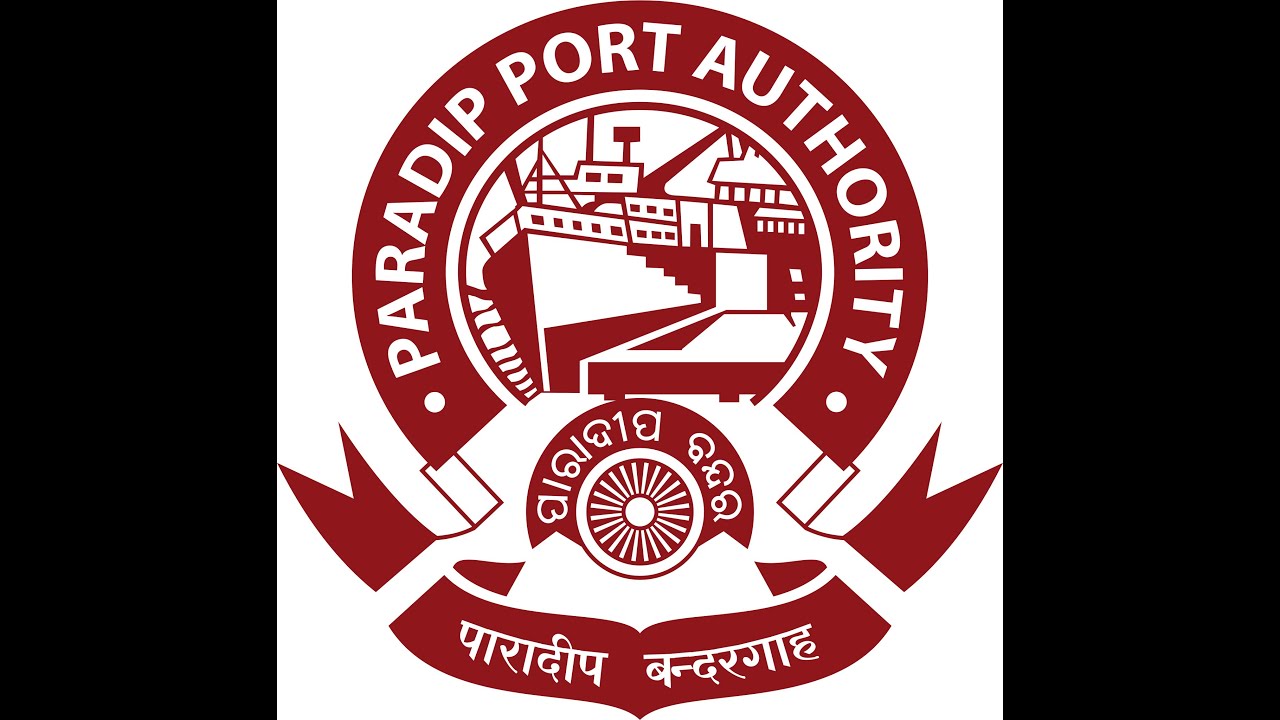
L&T set to win Rs 554 crore deal to extend Paradip Port’s South breakwater
PARADIP : Paradip Port Authority, the state-owned entity that runs the Paradip Port in Odisha, will award a Rs554 crore work to Larsen & Toubro Ltd, India’s biggest engineering and construction firm, to extend the port’s south breakwater by 500 metres as part of a plan to dock fully loaded Capesize ships.
Larsen & Toubro quoted 9 percent above the cost of Rs508.52 crore estimated by the port authority for the work on a tender, the lowest among other bidders including Afcons Infrastructure Ltd, sources with knowledge of the bid said, asking not to be named.
The Board of Paradip Port Authority is expected to meet this week to clear the bid of Larsen & Toubro, said one of the sources, an official with the Ministry of Ports, Shipping, and Waterways, which controls the port, India’s biggest state-run port by volumes handled.
Between April and January this fiscal, Paradip Port handled 119.851 million tonnes (mt) of cargo and is on course to overtake Deendayal Port in Gujarat, which has held the pole position among major ports (union government owned) for over a decade. Deendayal Port handled 109.274 mt between April and January in FY24.
Breakwater is an artificial offshore structure built to protect a harbour, anchorage, or marina basin from water waves.
Capesize ships are the largest vessels capable of carrying dry bulk commodities such as coal, iron ore and steel.
Paradip is among five major ports identified by the Ministry to have depth in the range of 18-23 meters by 2030 to help dock Capesize and mainline container ships.
Paradip is among five major ports identified by the Ministry to have depth in the range of 18-23 meters by 2030 to help dock Capesize and mainline container ships.
To be sure, Paradip Port currently handles Capesize ships but with a draft restriction of 16 metres.
Tata Steel and SAIL source some coking coal from Baltimore in the U.S. and the port there has a draft restriction of 16 metres. Hence, the Capesize ships there are loaded only up to 15.8 or 15.9 metres. With this draft, the Capesize ships coming to Paradip port can be handled “comfortably”, the source said.
The port’s harbour basin is protected by two breakwaters – the south breakwater which is approximately 1,217 metres long and the north breakwater which is about 538 metres long.
The approach channel, which is 9,800 metres long and 300 metres wide, has a depth of 18.7 metres.
The 2,200 metres long and 240 metres wide entrance channel has a depth of 17.1 metres.
“The extension of the south breakwater by 500 metres and other associated, ancillary works are being carried out to make the port compliant for handling fully loaded Capesize ships,” the official said.
The work is a part of the common supporting project infrastructure that the port authority is contractually mandated to provide Jindal Steel & Power Ltd (JSPL) for building a 25-million tonne (mt) capacity, deep draft, dry bulk cargo handling terminal at the port’s Western Dock, entailing an investment of Rs2,392.13 crore.
The total project cost includes a dredging component of Rs352.13 crore to deepen the port’s approach channel to 22 metres and entrance channel to 21 metres.
Paradip Port Authority will invest Rs612.50 crore for the common supporting project infrastructure.
“Previously, for all the public-private-partnership (PPP) projects, the dredging works were carried out by the port authorities concerned. But, in the case of the Western Dock project in Paradip Port, for the first time, the government decided to put the dredging cost on the account of the PPP operator,” the source said.
“The extension of the south breakwater and associated works are being carried out to ensure that it does not collapse when the approach and entrance channel are deepened to accommodate Capesize ships,” the source said.
Jindal Steel and Power won the Western Dock deal by placing the highest royalty bid of Rs54 per ton.
The dry bulk cargo terminal is designed to handle coal and limestone imports as well as export of granulated slag and finished steel products for the steel plants operating in the hinterland of the port.
The project is also aimed at decongesting the port, reducing ocean freight by using Capesize ships, making coal imports cheaper, and boosting the industrial economy in the hinterland of the port.
